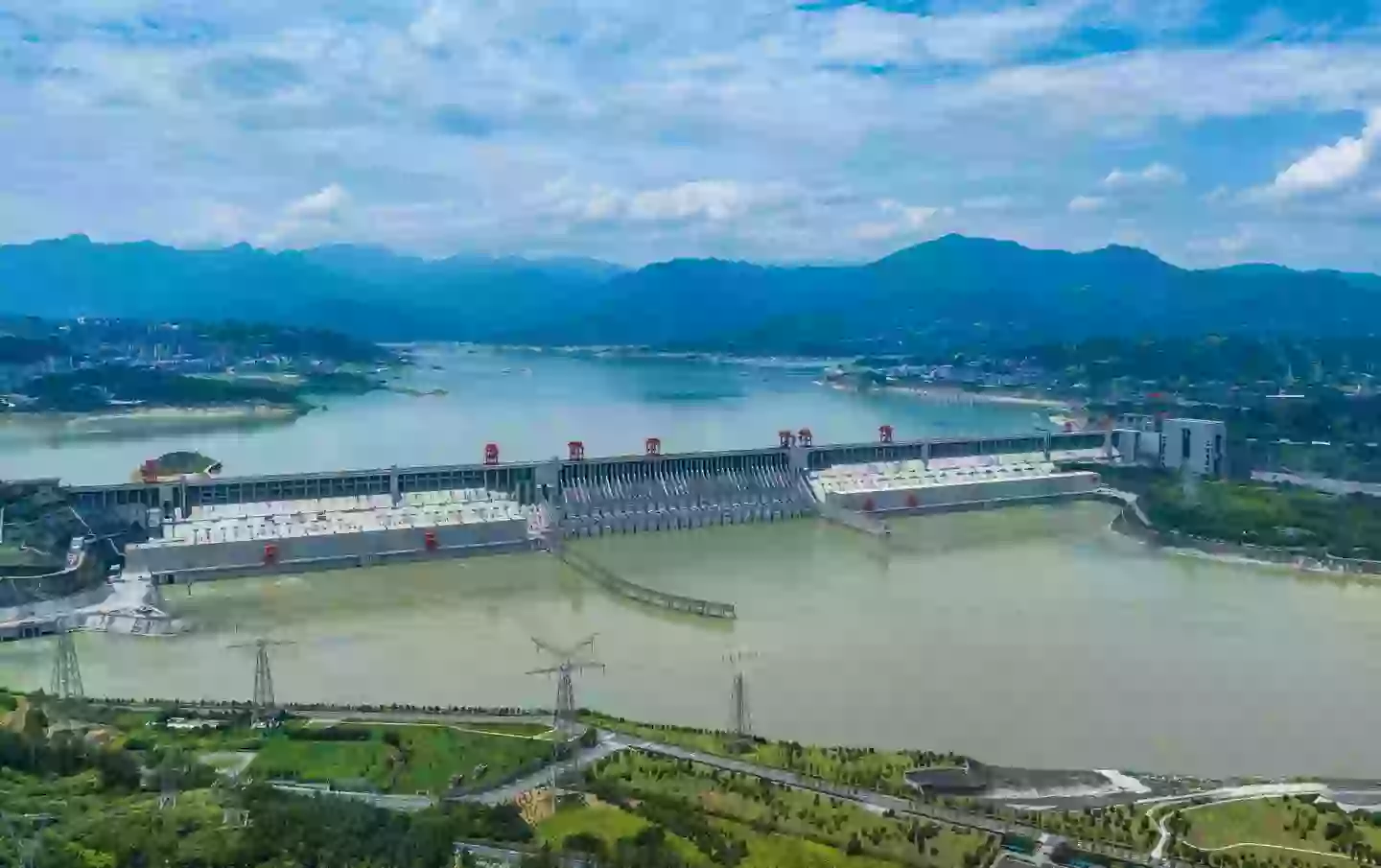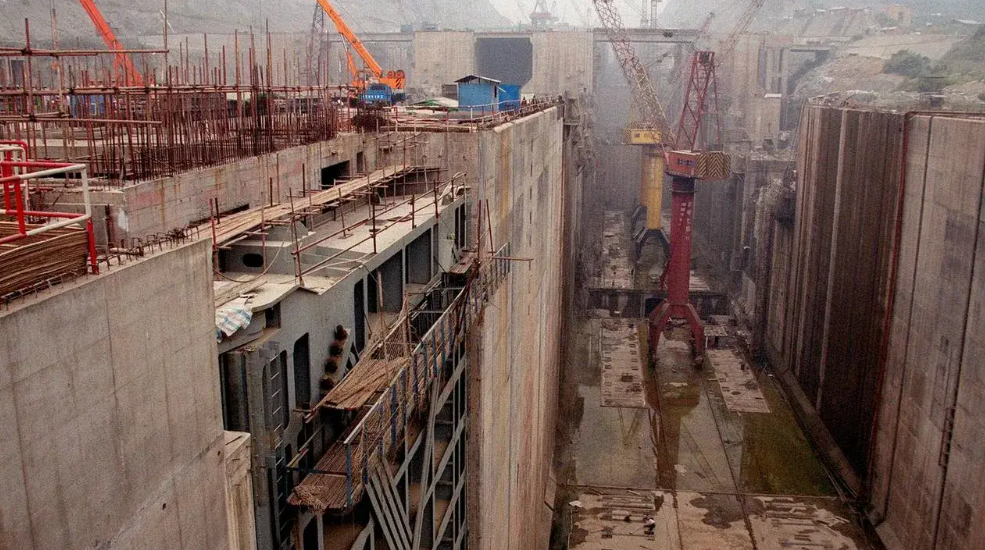Time is the one resource none of us can reclaim once it’s gone. From packed schedules to endless to-do lists, we often feel the 24-hour day slipping through our fingers. Yet, thanks to a remarkable human achievement, our planet has gifted us a fractional—albeit imperceptible—extension to each day. In a recent study led by Dr. Benjamin Fong Chao of NASA’s Goddard Space Flight Center, scientists have confirmed that the immense mass of China’s Three Gorges Dam has measurably altered Earth’s rotation. By shifting vast quantities of water into an enormous reservoir, the dam has increased the length of a solar day by approximately 0.06 microseconds—that’s an extra 60 millionths of a second each day.
Although this change amounts to only a few micro-moments daily, it accumulates over cosmic timescales—adding up to roughly three extra days over the 13.8-billion-year age of the universe. In this article, we explore the mechanics behind this phenomenon, the methods scientists used to detect such a subtle effect, and the broader implications for Earth science, geodesy, and our understanding of planetary dynamics.

1. The Three Gorges Dam: Engineering Marvel and Geophysical Actor
1.1 Project Overview
The Three Gorges Dam (TGD), straddling China’s Yangtze River in Hubei Province, stands as the world’s largest hydroelectric power station. Construction began in 1994 and concluded in its primary phases by 2012, at a cost exceeding $28 billion USD. Key specifications include:
-
Length: 2,335 meters (7,660 feet)
-
Height: 185 meters (607 feet)
-
Reservoir Volume: Approximately 39.3 cubic kilometers (10.4 trillion U.S. gallons)
The dam’s central objectives were flood control, power generation, and improved navigation along the Yangtze. With an installed capacity of 22,500 megawatts—equivalent to fifteen large nuclear reactors—the facility produces over 100 terawatt-hours of electricity annually, displacing millions of tons of coal and significantly reducing greenhouse-gas emissions.
1.2 Geophysical Impacts of Large Reservoirs
While the primary focus of dam engineering has traditionally centered on hydraulics, power output, and structural integrity, large reservoirs also act as dynamic agents in Earth’s geophysical systems. Storing billions of tons of water at elevated altitudes alters the distribution of mass on the planet’s surface. According to principles of rotational mechanics, any redistribution of mass affects a spinning body’s moment of inertia—and thus its angular velocity. In simple terms, imagine a figure skater spinning: when they stretch their arms outward, they slow their spin; when they pull their arms in, they rotate faster. Similarly, transferring massive volumes of water from lower river channels into a high-elevation reservoir expands Earth’s effective radius, slowing the planet’s rotation by a minute but detectable amount.
2. Principles of Earth’s Rotation and Moment of Inertia
2.1 Angular Momentum and Conservation Laws
Earth rotates once about its axis every sidereal day (23 hours, 56 minutes, 4.1 seconds) relative to distant stars, but relative to the Sun—a solar day—it completes one rotation in 24 hours. The difference stems from the orbital motion around the Sun. The conservation of angular momentum dictates that any change in Earth’s moment of inertia (I) must be compensated by a change in its angular velocity (ω), as expressed by L = I × ω, where L (angular momentum) remains constant absent external torques.
2.2 Moment of Inertia for a Spherical Shell
For a uniform sphere, moment of inertia is given by I = (2/5) MR², where M is mass and R is radius. Earth, however, is an oblate spheroid with nonuniform mass distribution. Any mass shift—even on the order of 10^13 kilograms—produces a calculable perturbation in I. When water is held at an elevation (~175 meters above sea level in the case of TGD), part of its mass effectively moves farther from the rotation axis than when it languishes in upstream river channels. This shift results in a slight increase in I and corresponding decrease in ω.
3. Detecting the Slowing: Geodesy and Satellite Observations
3.1 Space Geodetic Techniques
Advances in space geodetic techniques—particularly Satellite Laser Ranging (SLR), Global Navigation Satellite System (GNSS) tracking, and Very Long Baseline Interferometry (VLBI)—enable scientists to measure Earth’s rotation and orientation parameters with sub-microsecond precision. Key observables include:
-
Length of Day (LOD): Variations in the duration of a solar day relative to its nominal 86,400 seconds.
-
Polar Motion: Tiny shifts of Earth’s spin axis relative to the crust, influenced by mass redistributions.
By analysing decades of LOD records from the International Earth Rotation and Reference Systems Service (IERS), researchers can isolate long-term trends and individual events—such as large reservoir fillings.
3.2 Dr. Chao’s Analysis
Dr. Benjamin Fong Chao and his team at NASA’s Goddard Space Flight Center utilized gravity-field data from the GRACE (Gravity Recovery and Climate Experiment) satellite mission to quantify water mass changes associated with the Three Gorges reservoir. They then correlated these mass anomalies with concurrent LOD measurements from the IERS database. Their findings indicated that after the reservoir reached full capacity in mid-2012, the average solar day lengthened by about 0.06 microseconds. Concurrently, polar motion data revealed a slight shift—approximately 2 centimeters—in Earth’s axis of rotation toward the reservoir’s latitude.
4. Quantifying the Effect: From Microseconds to Cosmic Accumulation
4.1 Daily Increment and Cumulative Impact
An increase of 0.06 microseconds (6 × 10^–8 seconds) per day may sound negligible, but over geological and cosmological time scales, it becomes more significant. Multiply that daily increment by:
-
365 days per year → ~0.0219 seconds per year
-
4.5 billion years of Earth’s age → ~98,550 seconds (~1.14 days)
-
13.8 billion years (age of the universe) → ~302,100 seconds (~3.5 days)
Thus, if the Three Gorges Dam’s effect had been present since the universe’s inception—an obvious hypothetical—it would have contributed more than three extra full days to cosmic timekeeping.









